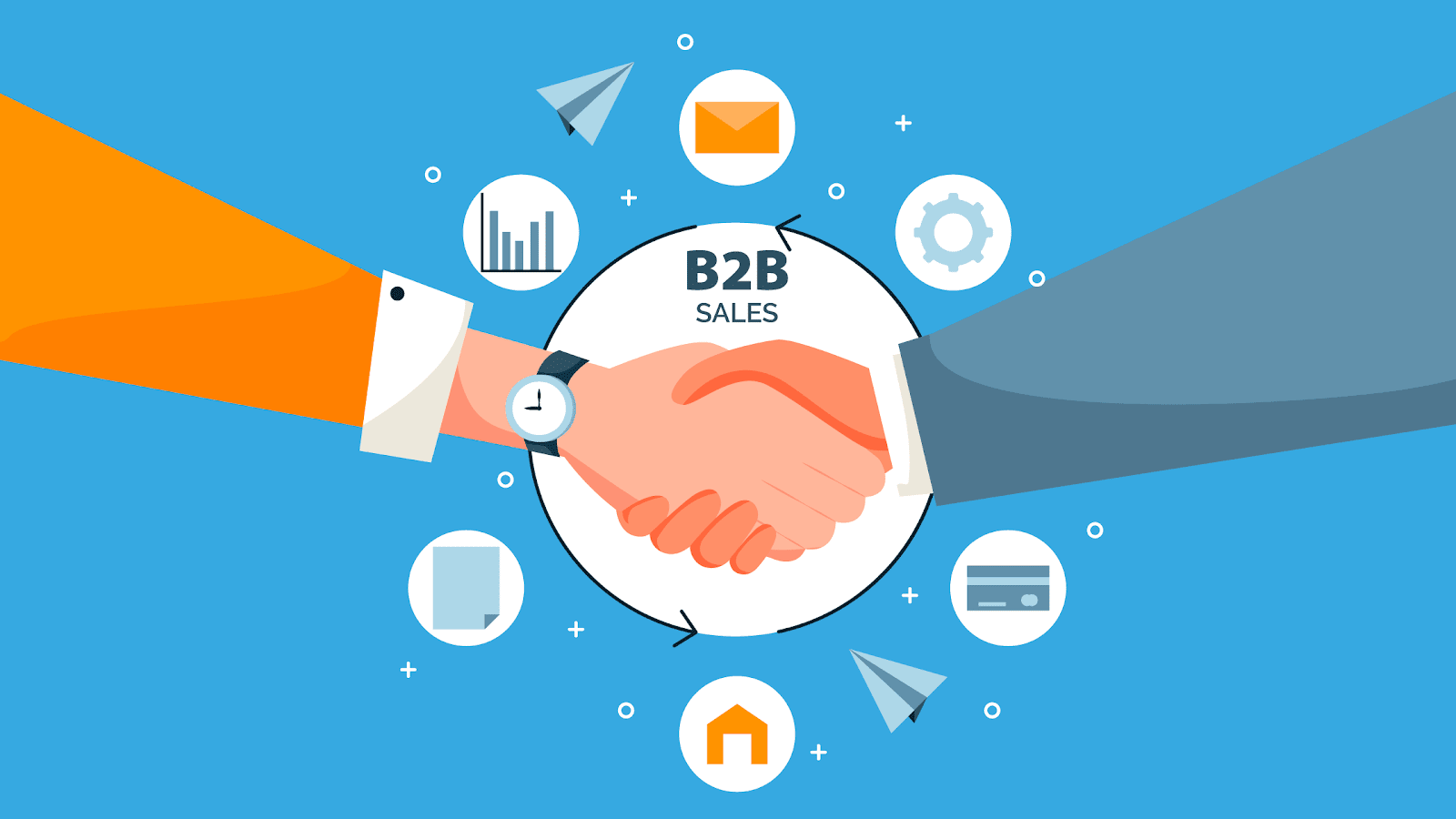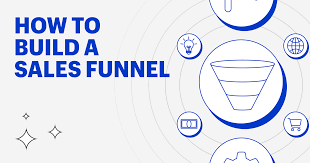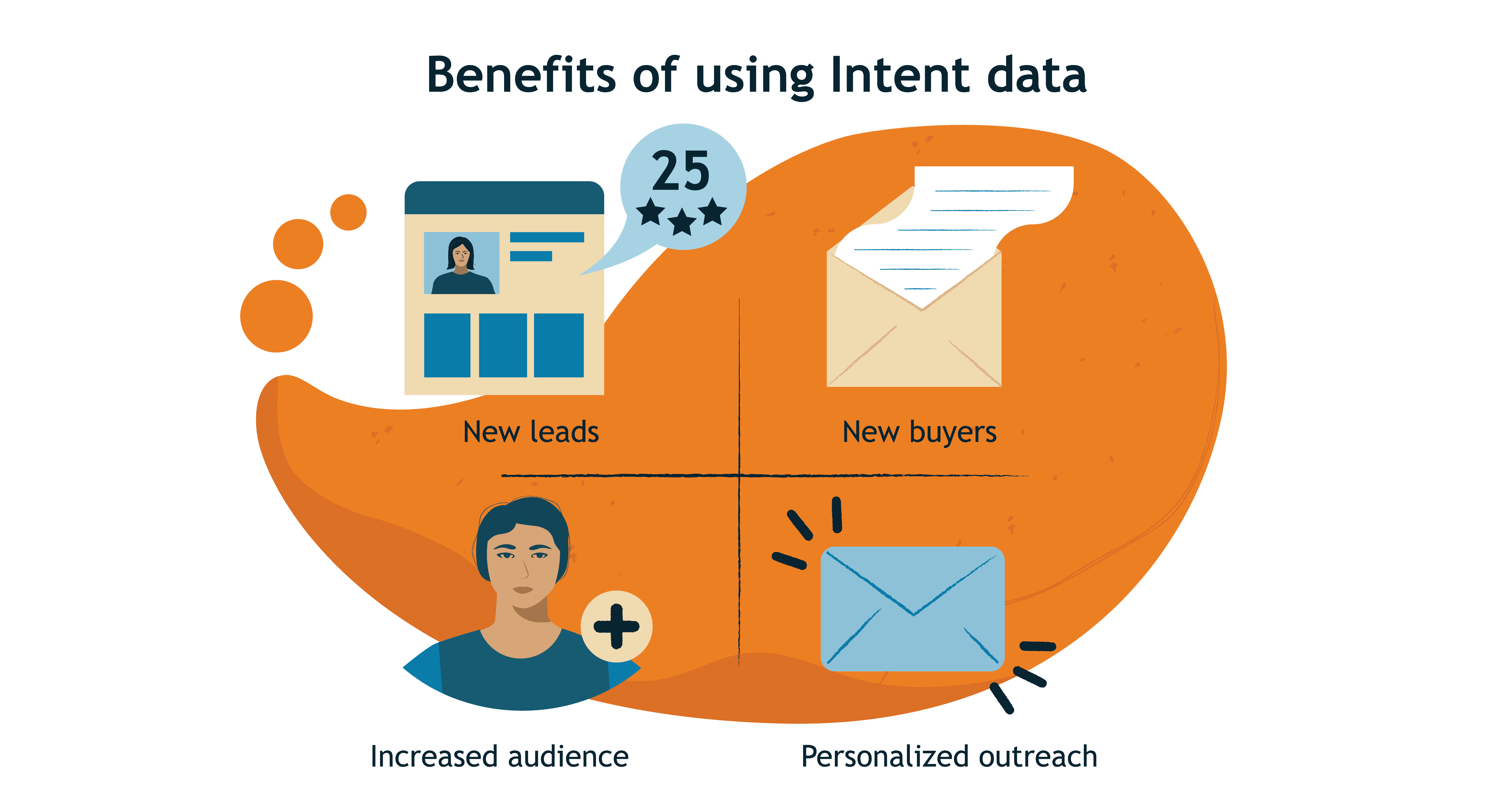Lead generation, lead engagement, and lead conversion are key components of the B2B process that must be managed with utility as the principal focus. Maximizing the overall output in a B2B process requires an efficient and effective approach.
By taking below mentioned steps into consideration, businesses can maximize their overall output while maintaining a high level of quality:
1. Analyze customer data to identify target markets and potential customers.
2. Develop an effective content marketing strategy with a focus on lead generation.
3. Use social media platforms to reach out to prospects in your target market.
4. Investigate the use of automation tools for streamlining the sales process, such as CRM software or AI-driven chatbots for customer service inquiries.
5. Create personalized offers tailored to specific segments of your audience based on their interests and needs identified through research and analysis of customer data sets.
6. Establish strong relationships with existing clients by offering incentives like loyalty programs or discounts when they refer to new leads or make repeat purchases from you.
7 Evaluate different pricing models that will maximize profitability while also providing value to customers.
8 Monitor metrics related to lead conversion rates, average order size, time spent on site, etc., in order to gain insights into how well each component is performing within the B2B process.
Following these procedures will surely help businesses to gain better b2b sales results.





